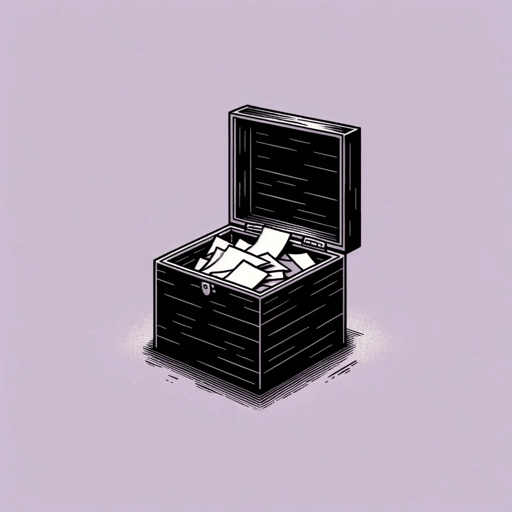27 pages • 54 minutes read
Shirley JacksonCharles
Fiction | Short Story | YA | Published in 1948A modern alternative to SparkNotes and CliffsNotes, SuperSummary offers high-quality Study Guides with detailed chapter summaries and analysis of major themes, characters, and more.
Themes
Exteriors, Underbellies, and Psychological Ambiguity
Though “Charles” may not be a horror story, it carries certain themes that typify Jackson’s other literature. Among these themes is the idea that mundane, innocuous, or respectable semblances can mask more sinister (or at least dysfunctional) realities. The most famous example is Jackson’s short story “The Lottery” (1948), in which a small town harbors a dreadful ritual. However, the theme often further involves the idea that such sinister realities needn’t be imposing to be consequential. This idea appears in Jackson’s “The Possibility of Evil” (1965), in which a seemingly harmless character’s commitment to her town is a form of manipulation and possessiveness.
As far as innocuous exteriors go, a kindergartener is an ideal candidate, and in “Charles,” the story’s title announces the malignant underbelly. Not only does Laurie incarnate the theme of exteriors and underbellies, but the incarnation is what animates the plot. Without Laurie’s duality, there is no story. However, another recurring concern in Jackson’s work is psychological ambiguity or unknowability, and this also ties to Laurie’s duality: Even with the assumption that Charles exists because Laurie wants a scapegoat, the extent of Charles’s malignancy is ambiguous. Laurie may be misbehaving because he wants to push boundaries, or develop his identity, or craft a story.
Related Titles
By Shirley Jackson





